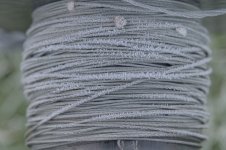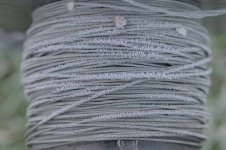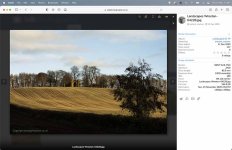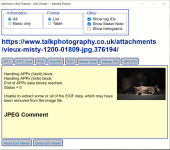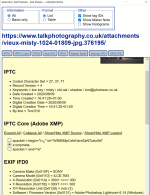You are of course correct, how could you be wrong

I have already explained earlier in this thread, after looking at exif from photos posted by others, I realised that to get prop blur on planes I needed a SS of around 1/250th not 1/1250th, shutter speed is just that and the same on which ever camera you use.
Not only that, I also needed to compensate by stopping down aperture to restrict light to stop the bright sun blowing out the image.
Now to me, I learnt something from exif, if only a starting point, yes or no?
Obviously to you and others on here, the answer is no, I couldn't have learnt anything from exif.

